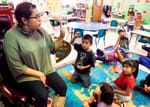The plan to return to face-to-face teaching and learning at colleges in South Dakota in August is causing great concern among faculty and staff who fear that campuses across the state could become sources of major outbreaks of the potentially deadly coronavirus.
Though extensive planning and preparation are underway to make campuses as safe as possible amid the pandemic, many college employees are worried that bringing thousands of young adults from across the state, country and world together in campus classrooms, residence halls and administration buildings will lead to COVID-19 outbreaks among the staff, students or their families.
“I really want to see the students again, and I want to see them face to face,” said Timothy Schorn, a political science professor at the University of South Dakota in Vermillion. “But I’m very concerned that what we’re doing on college campuses is creating the new round of COVID hot spots.”
A petition seeking to give students and faculty the right to decide on their own to teach and learn remotely if they do not feel comfortable returning to in-person learning has been shared among faculty since early July, and has garnered more than 100 signatures. The petition was sent to Board of Regents Executive Director Brian Maher in mid-July.
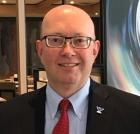
“I really want to see the students again and I want to see them face to face. But I’m very concerned that what we’re doing on college campuses is creating the new round of COVID hot spots.” -- Professor Timothy Schorn, University of South Dakota
Many of the concerns center around the fact that even if protections against the virus are present in classrooms and campus buildings, students will create risks by arriving on campus after spending the summer elsewhere, by living very active and social lifestyles, by gathering in groups and by not taking preventive steps against spreading the virus in their personal time.
Mark Geary, a Dakota State University professor who is president of the statewide faculty union, said that even with mandatory mask usage, social distancing and other protective measures in classrooms and other buildings, he expects to see outbreaks of COVID-19 on campuses in South Dakota this fall.
“My gut feeling is that if they come in and say our campuses are open, you’re going to start having football games and then after-parties and then two weeks after your first home game, you’re likely to see a spike,” he said. “My rough guess is that you’re going to see major outbreaks on some campuses.”
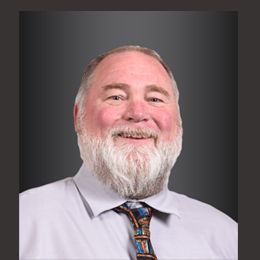
Geary said faculty are concerned that students may be active spreaders of COVID-19 because of their lifestyles.
“All of us go through a phase in our late teens and early 20s when we believe we’re immortal, so they’re in a risk-taking group,” said Geary, recalling that he rode a motorcycle from Florida to Iowa without a helmet more than once when he was in college. “That’s a normal part of growing up, but there’s some risks you can recover from and there’s some risks where you make a mistake and you can’t recover from it.”
The Board of Regents, which governs the university system, announced on May 1 that all six universities and two special schools in the system would return to in-person teaching for the fall semester. The six universities will begin classes on Aug. 19 and end in-person teaching on Nov. 24, with all finals exams to be administered remotely.
Universities are undergoing significant planning and preparation for the return to classes, including extensive cleaning, installation of protective barriers, providing of sanitizer and protective equipment, and reconfiguring of classrooms to ensure social distancing.
The Regents voted unanimously on Wednesday, July 22, to begin the academic year with a requirement that masks be worn inside all public buildings on campus. The Level 3 designation, the third-most stringent on a scale of 1-4, will be reviewed and could be changed after 30 days. Individual universities can also request a change in level at any time if conditions change on their campus.
Masks will also be required in indoor settings at four private colleges in South Dakota, including Augustana University, Dakota Wesleyan University, Presentation College and the University of Sioux Falls.
The decision to return to in-person learning has been vexing for college administrators across the country, as most place a high value on in-person instruction but must also balance public health risks.
The Chronicle of Higher Education is tracking re-opening plans of 1,200 colleges across America and, as of July 16, reported that 55% planned for in-person classes; 30% were implementing a hybrid model with in-person and remote classes; 10% were holding classes online only; and the rest were still in planning stages.
A vast majority of South Dakota faculty who responded to a recent survey by the Council for Higher Education, the union that represents South Dakota faculty, do not feel confident that face-to-face teaching can be done safely on South Dakota campuses in the fall.
Only 8.6% of the 81 faculty members who responded to the survey — sent out before the mask mandate — said they were confident of a safe return. More than half said they would prefer to maintain remote learning in the fall, and about 34% said they had some concerns or significant concerns about whether it will be safe.
Brian Maher, executive director of the South Dakota Board of Regents, said he understands the concerns of those who will soon return to campus.
“I don’t think fearful is too dramatic; I think that is appropriate,” Maher said. “Quite frankly, I share all those emotions; I think any citizen in the state shares those emotions.”
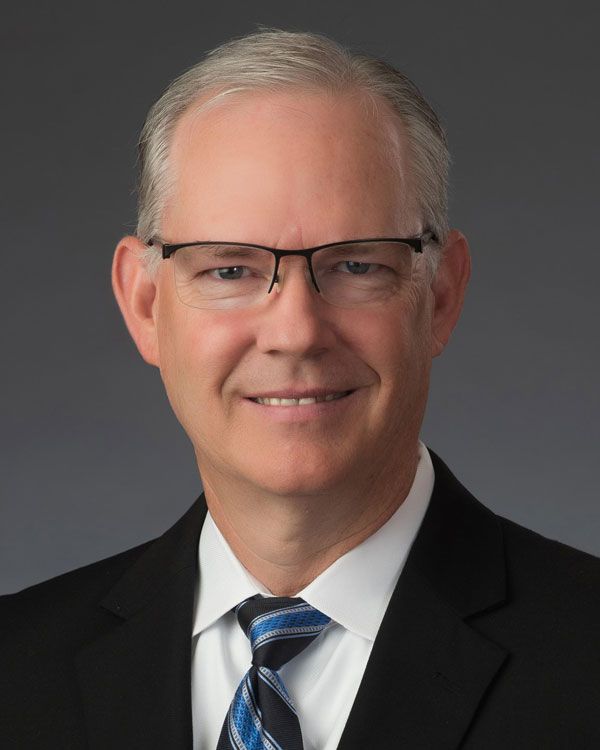
"I have my own children of the age where they could be instructors and I would feel very comfortable with them being in that classroom as an instructor or a student. I think people would find comfort in all of the research, all the data and all the care that have gotten us to where we are today." -- Board of Regents Executive Director Brian Maher
But after a summer of planning and preparation, Maher said he feels in-person teaching and learning on campuses can be done safely.
“I have my own children of the age where they could be instructors, and I would feel very comfortable with them being in that classroom as an instructor or a student,” Maher said.
“Anybody who has watched the deliberate approach the Board of Regents has taken, and anybody who has talked to a campus president about the deliberate, calculated method they have used in terms of coming to where they are today … I think people would find comfort in all of the research, all the data and all the care that have gotten us to where we are today.”
Maher said that maintaining public health on campuses will continue to be a process that could result in a change in tier levels regarding mask usage or changes in educational delivery methods at individual campuses or systemwide.
“It doesn’t mean I wouldn’t have some fear; I certainly would still have some fear,” he said. “But I think to the extent that we can, we’ve mitigated that issue, because it’s a dynamic issue and we haven’t come to the concluding point of this issue.”
He added: “We’ll see where we are in August and we’ll see where we are in September.”
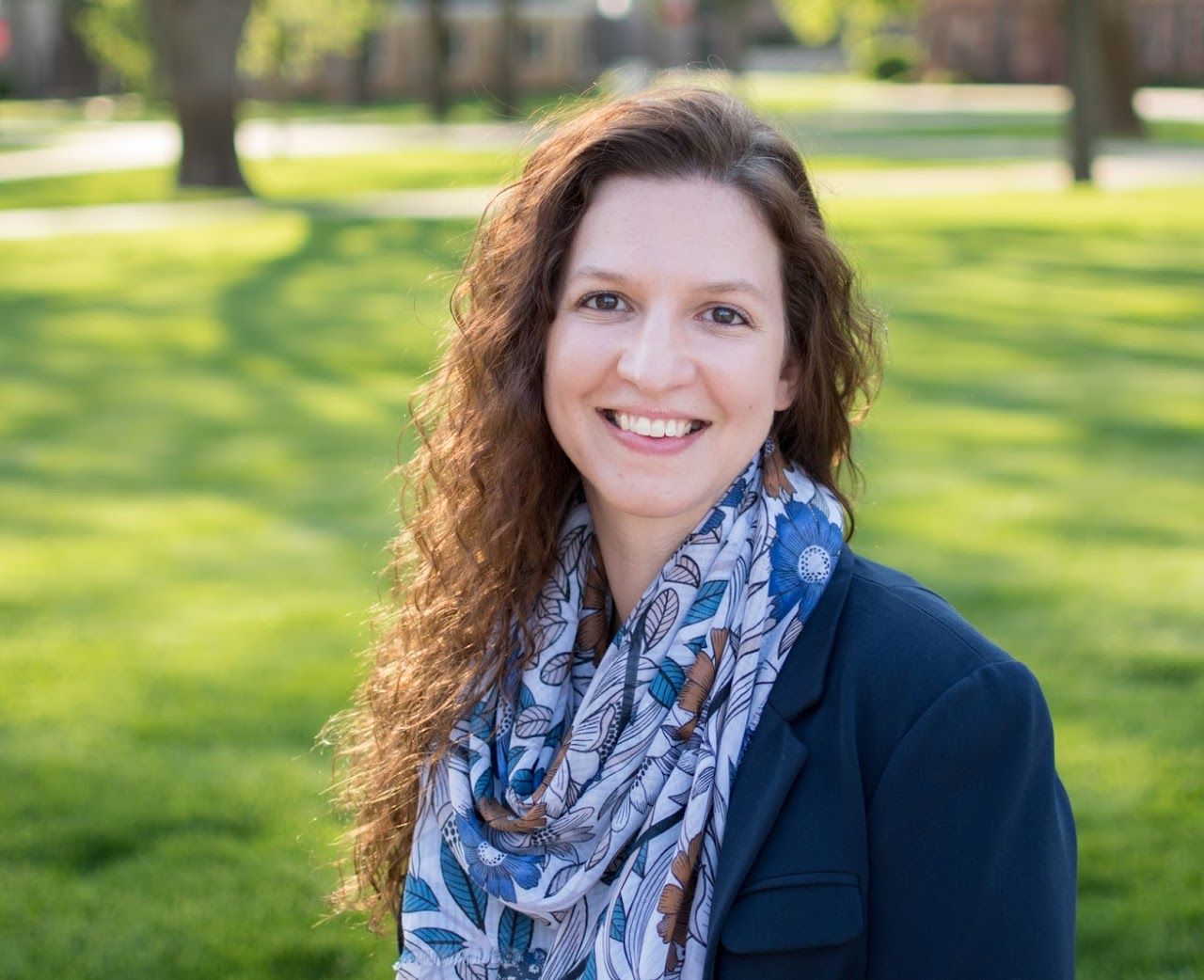
Speaking out about safety
Sara Lampert is a history professor at USD who also serves as coordinator of the Women, Gender & Sexuality Studies program. Lampert has deep concerns about returning to in-person classes on campus and also about how decisions have been made in the university system regarding COVID-19.
Lampert said she authored the petition after becoming concerned about safety on campus in the fall, and when it became clear that even though the university asked for input from faculty and staff, the concerns they raised weren’t taken fully into account.
“We were asked to bring concerns or questions, but the process isn’t really transparent, and folks who did bring concerns didn’t get much response,” Lampert said. “It was prompted by a growing feeling among faculty that our concerns weren’t being heard, but also that we were not very clear about the process according to which we could potentially teach online.”
Lampert’s petition made four major requests: that faculty have the ability to teach remotely if they wish; that no student be required to attend in-person classes; that academic advising be allowed to take place remotely; and that no instructor or student be required to disclose personal or family medical information in order to justify a request to teach or learn online.
Lampert said she understands and is sympathetic to the difficult decisions the Regents and university leaders must make heading into the new semester amid a pandemic, and believes they are trying hard to keep people safe. She said she also realizes that some instructors want to return to class, and she supports their right to do so.
“We’re all really concerned and empathetic to each other’s fears and the pressures we’re under, and that the leadership of our institution is in a tight spot,” Lampert said. “But we want our colleagues to feel safe teaching and feel like they actually have a choice over the environment they’re put into in the fall.”
But Lampert said that given the potentially life-threatening consequences of the virus, and its high potential for airborne spread in confined indoor settings, everyone on campus should have the right to decide if they want to learn, teach or work remotely.
“The people who want to be able to protect themselves, their families and their students, not to mention their communities, by teaching online don’t have a choice in that,” said Lampert, who was happy to hear of the mask mandate.
Maher said he had received and read the petition but said it was impractical not to have general protocols in place to guide behavior of individuals, such as whether they teach remotely, in a system with thousands of employees.
Lampert said she loves her job and enjoys the environment at USD. She also is aware that South Dakota universities are facing tough financial times amid the pandemic, and that in-person classes are seen as a critical element in the overall college experience.
“We understand that our universities are in a very difficult financial situation, and that at the state level, that there’s an expectation of a face-to-face fall, and we get that,” she said. “But we felt like we are being kind of left out at sea.”
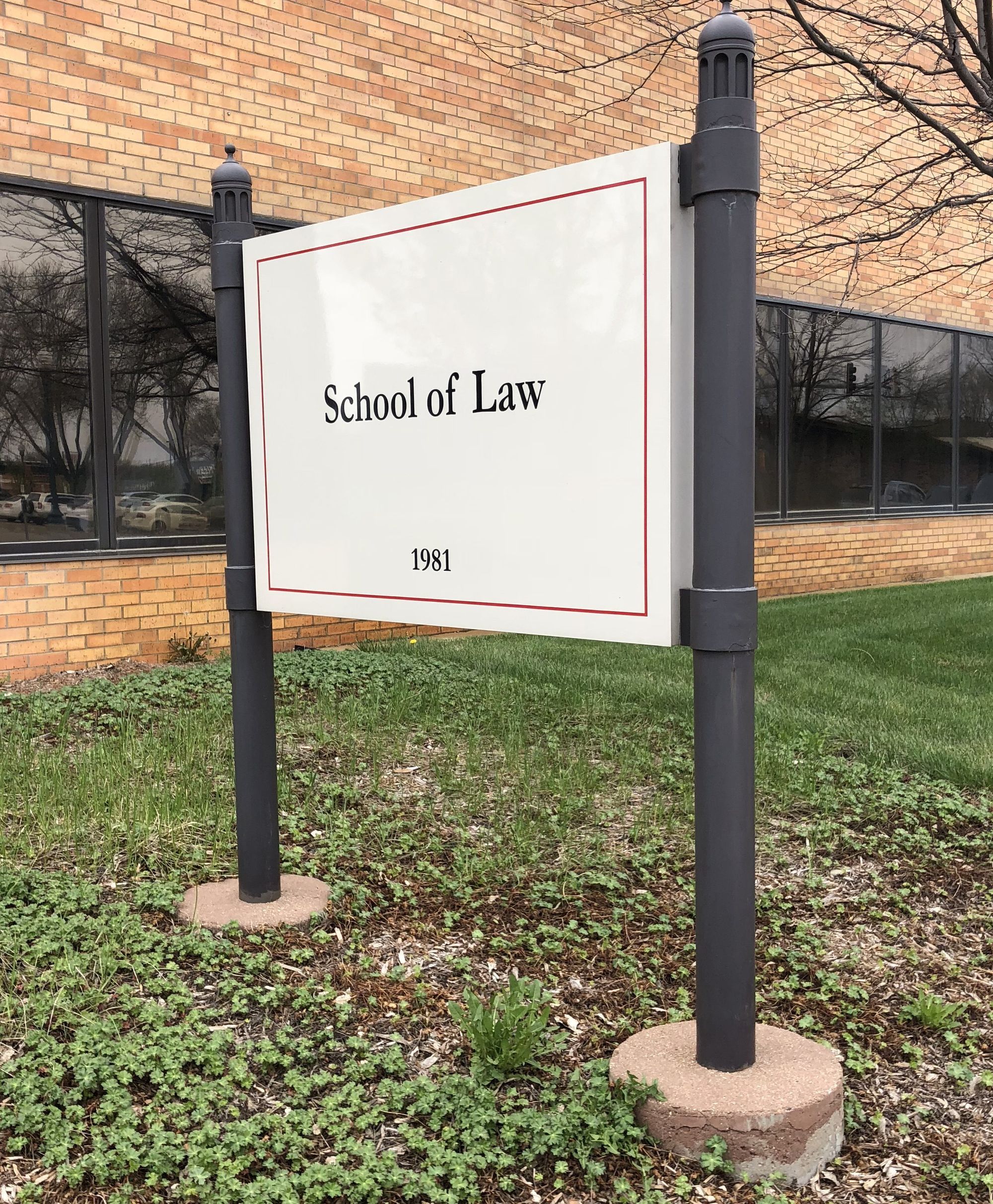
Waivers allowed for medical reasons
Some staff and faculty members have received waivers that will allow them to work from home or teach entirely online and not have to hold in-person classes or advising.
The process to obtain a waiver was shared with faculty across the university system in the summer and was handled by human-resources officials at each campus, said Janelle Toman, spokeswoman for the Regents.
The accommodation decisions were guided by university-system HR policies and procedures within the Americans with Disabilities Act, Toman said.
“As with any accommodation request under the ADA, university administration across the system engage in an interactive process with those faculty and staff members to identify if a reasonable accommodation can be provided,” Toman wrote in an email to News Watch.
In terms of determining whether some classes are held in person or online, Toman wrote: “The primary factor that determines course delivery methods is based on the section size and space available to adequately follow CDC’s guidance on social/physical distancing.”
Toman did not provide the number of employees who have requested or received a waiver.
Faculty and staff at the South Dakota School of Mines & Technology in Rapid City were given the opportunity to seek a waiver based on CDC guidelines for conditions that put someone at risk of complications from COVID-19, such as cancer, kidney disease, chronic pulmonary disease, Type 2 diabetes, immunocompromised conditions, sickle-cell disease, heart disease and obesity.
In all, about two dozen faculty and staff members of the roughly 450 people on campus were granted waivers to work remotely, said Charles Michael Ray, a university spokesman. Ray said that other employees are being allowed to work remotely if they obtain supervisor permission. About 10 of 150 faculty members were among those who received formal waivers, he said.
Furthermore, the school has assigned some faculty and staff to work remotely in shifts in order to reduce employee interaction in confined workspaces, Ray said.
Administrators have been planning and preparing since early May for an August return to in-person classes, said Lance Roberts, interim provost.
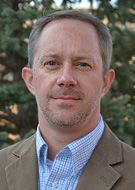
Roberts said officials at Mines had implemented many strategies to reduce the spread of the coronavirus, including: classrooms will be utilized at 30% capacity in many cases to improve social distancing; plexiglass barriers will be used in settings where close personal interaction is likely; and the school purchased face shields for any employee who wants one.
Roberts, who taught a rocks-mechanics course and lab in spring 2020, said he would feel comfortable returning to the classroom again this fall.
“It’s really taken all our focus on really ensuring that we do plan this semester as safely as possible, and it has taken a tremendous amount of work to get here, really across the board with our faculty, our staff, everybody,” Roberts said. “This has been very well thought-out and meticulous as we have gone through the summer.”
South Dakota Board of Regents mask policy
Here is a condensed look at the four-level mask usage policy approved on July 22 by the South Dakota Board of Regents for its six universities and two special schools. The Regents voted to begin the academic year at Level 3, with a review to be done after 30 days. The protocols apply to all students, staff, faculty and campus visitors.
Level 1: requires face coverings in all classroom or lab settings where course delivery requires close proximity or physical contact and makes Centers for Disease Control recommendations on physical distancing impractical. Examples are instructional laboratories, clinical training environments, and design or art studio instruction.
Level 2: requires face coverings in all public areas of academic buildings on campus (including classrooms, hallways, and common areas), along with other indoor areas where 30 or more individuals frequently congregate or interact in a setting not conducive to maintaining CDC-recommended physical distancing.
Level 3: requires face coverings in all public indoor spaces on campus.
Level 4: requires face coverings in all public indoor and outdoor areas of campus.
Students, faculty and staff and visitors can all face different forms of informal and formal enforcement, starting with alerting them to the violation. In extreme cases, a student could be restricted from certain places or from campus entirely, a faculty member or employee could face formal employment discipline, and visitors could face removal from campus.
Source: South Dakota Board of Regents
Potential financial implications
Bringing students back to campus and making it safe enough to keep them there through the fall and into the spring is important to preserve the educational and social benefits of the college experience, but it is also important from a financial standpoint.
A 15% drop in enrollment in the 2020 academic year — a prediction cited by national experts when the pandemic hit — would cost the university system an estimated $48 million in revenue.
Maher said that as of mid-July, enrollment systemwide was expected to be flat or down “less than double digits” in percentage.
But universities could still see major revenue losses if students do not return to campus for a full semester or if campuses close at any point due to an outbreak.
When South Dakota universities shut down and reverted to online learning last spring, schools lost millions in revenue. USD and SDSU alone lost a combined $9.2 million in reimbursements made to students for housing, fees and parking.
Remote learning by students can reduce several revenue streams for campuses.
At USD, for example, a meal plan at the school with more than 10,000 students costs up to $1,876 per student per semester, and a single-occupancy dorm rents for $2,605 a semester, with double occupancy at $2,140 a semester. Among other fees, students also pay $166 per year to register a car on campus. Students pay more per credit hour for off-campus courses ($351 per credit compared with $256) but do not pay fees that accompany many on-campus courses, such as $103 additional per credit in nursing, $84 additional per credit in physics and $70 additional per credit in computer science.
Schorn, who directs the International Studies program at USD, said he believed in April and May that teachers and students would likely be able to return safely to in-person classes in the fall. But as COVID-19 cases have risen, especially among young adults in some regions, he is now less certain now that in-person instruction can be done without great risk.
Schorn said he did not initially sign the petition sent to Maher but did so after considering that with tenure and 25 years of experience, he not only has the right to speak up for others with concerns but also a responsibility to do so.
“We have a lot of faculty members who are lecturers, adjunct instructors, who have very few protections and are very concerned about speaking up,” he said. “There are real concerns and I want to make sure we don’t forget about those who don’t have the freedom and power to speak up.”
Schorn said he supports a hybrid teaching format in which most lectures are held remotely by computer but some hands-on discussions or project work is done in person, a concept that he said would likely require more work, effort and planning by instructors than solely teaching in classrooms.
Schorn said it is important for administrators and the public to know that faculty and staff are raising concerns about returning to in-person classroom teaching and pushing for more online options solely due to fears of contracting or spreading the coronavirus.
“We’re not pushing for this to step on people’s toes, to take away their rights or freedoms or to get out of work,” Schorn said. “We’re not doing it out of selfishness or laziness; we’re doing it out of concern for ourselves, our students and our families.”
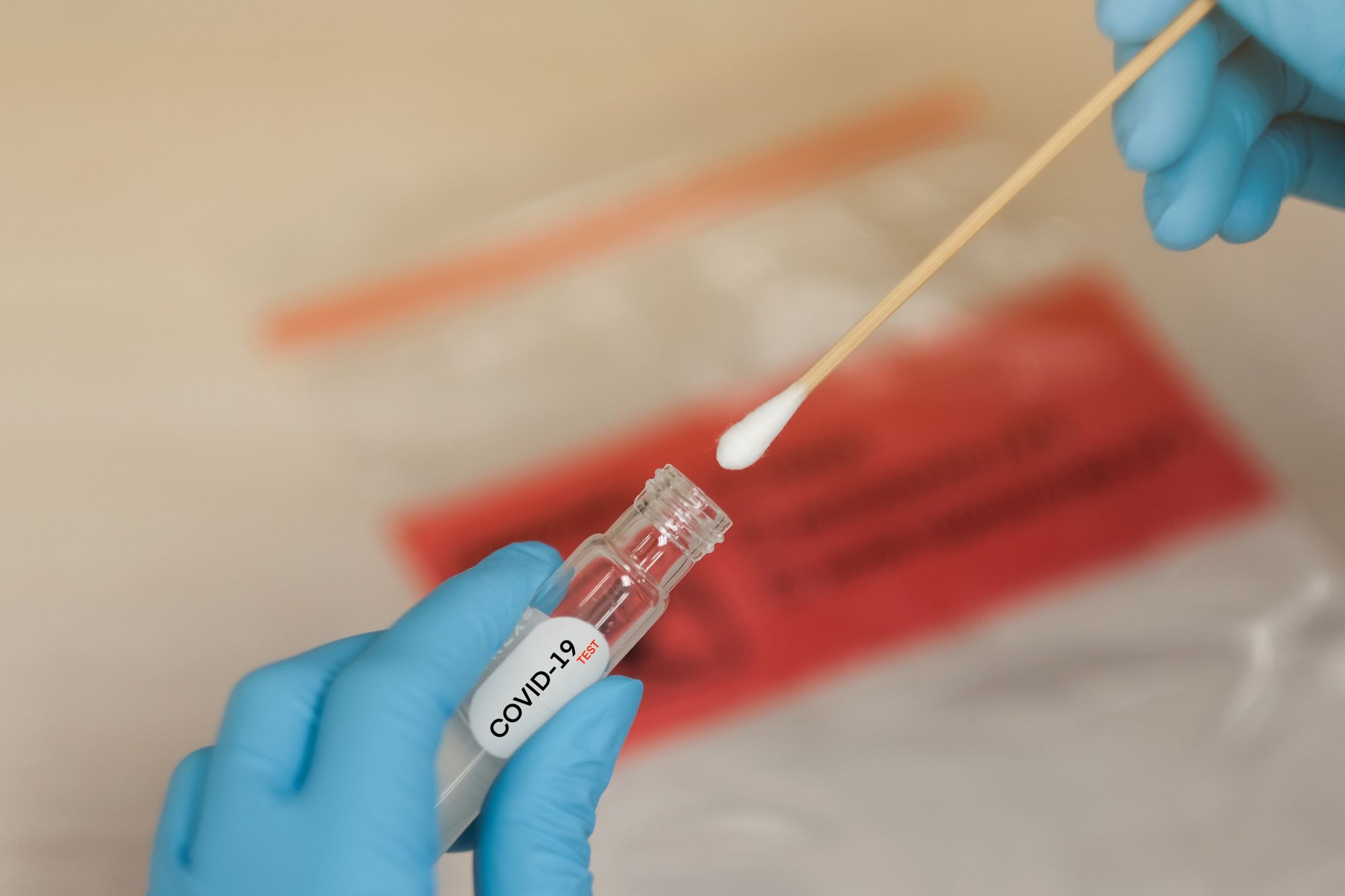
Study pushes testing and social limits
One early study of the risks of a return to in-person learning was done by researchers at the University of Pennsylvania and Swarthmore College, who created a mathematical simulation of the university environment to examine potential consequences.
The study suggested that random testing for COVID-19, extensive contact tracing of infected people and strict quarantining of the ill are critical components of limiting spread. South Dakota public campuses will not undergo wholesale testing or medical screening of students, faculty and staff before starting classes, Maher said.
Toman said the state Department of Health intends to provide the six public universities and four technical schools with 13 testing machines and 6,500 total test kits, though specifics of how those will be used are still being determined.
The study also found that moving larger classes to online-only could reduce the number and size of outbreaks, and that breaking classes up into smaller groups that still meet in person “does not have a strong enough effect to protect students and instructors.”
The study suggested that while residential settings for students may be problematic, the most important part of a virus-reduction strategy is to limit non-residential social interaction by students in groups.
Preventing students from interacting socially and potentially being exposed to the virus outside the classroom is likely impossible, however.
David Clay, a soil-science professor who is the immediate past president of the faculty senate at South Dakota State University in Brookings, said that knowing students as he does, and having been a college student himself in the 1970s, it will be impossible for young adults to follow social-distancing guidelines and use precautions against the virus when they are not in class.
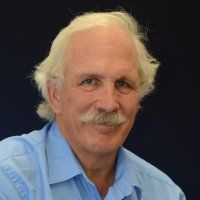
“Students are going to be students; they haven’t changed,” Clay said. “People are nervous because social distancing is difficult when you’re drinking at a party and then you’re coming to class the next day.”
Geary said he has been troubled by news reports that even those who recover from COVID-19 can have lingering health effects such as blood clots, lung damage or brain complications. He also worries that no plans exist to test students or faculty before they gather together in classrooms unless they show symptoms of COVID-19.
“When you look at what the CDC says, it’s testing, testing, testing,” Geary said. “I don’t think we have a lot of plans to adequately or robustly test our students; we’re going into it somewhat blind and we’re not taking the steps to open our eyes to the possibilities of spread that may be there.”
While most students in the university system are from South Dakota, where infection rates have been relatively low, some students who return to campus will come from across the country and beyond, and may return to their homes at some point during the semester and then come back to campus.
“They’re coming from all over, and that’s what makes us all so nervous, because it only takes one,” said Clay. “One person can get an awful lot of people sick.”
Student athletes are more likely to come from across the nation and the world, including areas that are hot spots for COVID-19, such as Florida, California and Arizona.
The USD men’s football team, for example, has 97 players from 11 states, while the USD women’s track-and-field squad has more than 70 women from 10 states and four foreign countries. The SDSU men’s football team has 99 players from 10 states, and the SDSU women’s track-and-field team has more than 80 women from eight states and two foreign countries.
Clay said students who congregate on the campus in Brookings could become infected and then bring the illness home to their families and friends.
“Students come in and let’s say they pick up COVID on campus, where are they from?” Clay said. “They may be from Philip, or from all over the state, and then they go home and can transmit it there, so it’s multiple layers of concern.”
A high number of professors also tend to be older and potentially at greater risk of complications from COVID-19, Clay said. “A lot of our faculty, they’re a little bit older,” he said. “A lot are in their 50s or 60s, and I think they’re rightfully nervous.”
Clay said his largest class size each year is 140 students, but he teaches that class only once per academic year and not until spring 2021. Faculty may also make adjustments to normal practices, such as holding office hours in classrooms rather than small offices, he said.
Clay said he did not request a waiver to teach remotely and will support whatever plans SDSU has for returning in the fall. “If I’m asked to teach in class, I’ll teach in class,” he said.
Schorn said that unless something drastic happens, he is planning to return to campus to teach three courses in the fall semester, with class counts ranging from 17 to 34. Schorn said he intends to wear a face mask and face shield, and will have to alter his habit of walking about the classroom and interacting directly with students during lectures.
“I love teaching face to face, interacting with my students and seeing that ‘aha’ moment on their faces when something really clicks,” he said. “And I’m a pacer, so I’m probably going to have to handcuff myself to a desk or podium and stop myself from wandering [around] the classroom and the students.”
Schorn and others cannot make unilateral decisions about whether to teach remotely.
Schorn, who was pleased with the mask mandate passed on July 22, has run through hypothetical scenarios in which he has planned for how to handle a student who appears ill and shows up in class, or what he might do if someone begins coughing or sneezing once class begins. He does not have clear answers so far, but said student safety will be the top priority in any situation.
“I’ve had this conversation with other faculty, that we have an ethical duty to do everything we can to protect our students, and ensure our students are in the best possible place to protect themselves from the spread of COVID,” he said.



